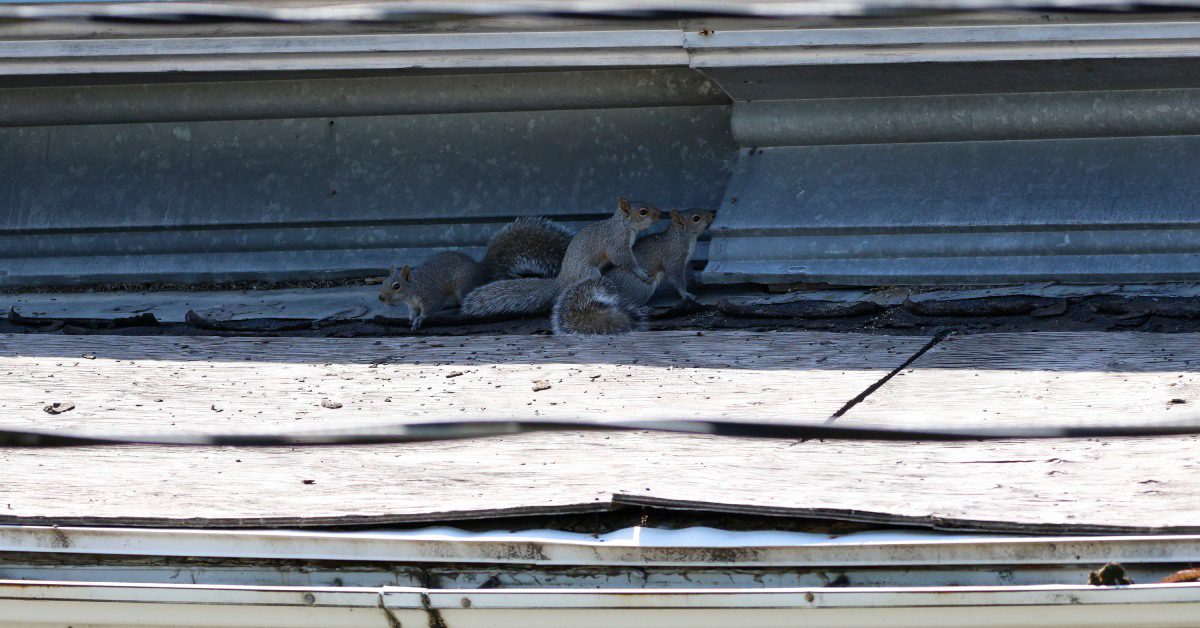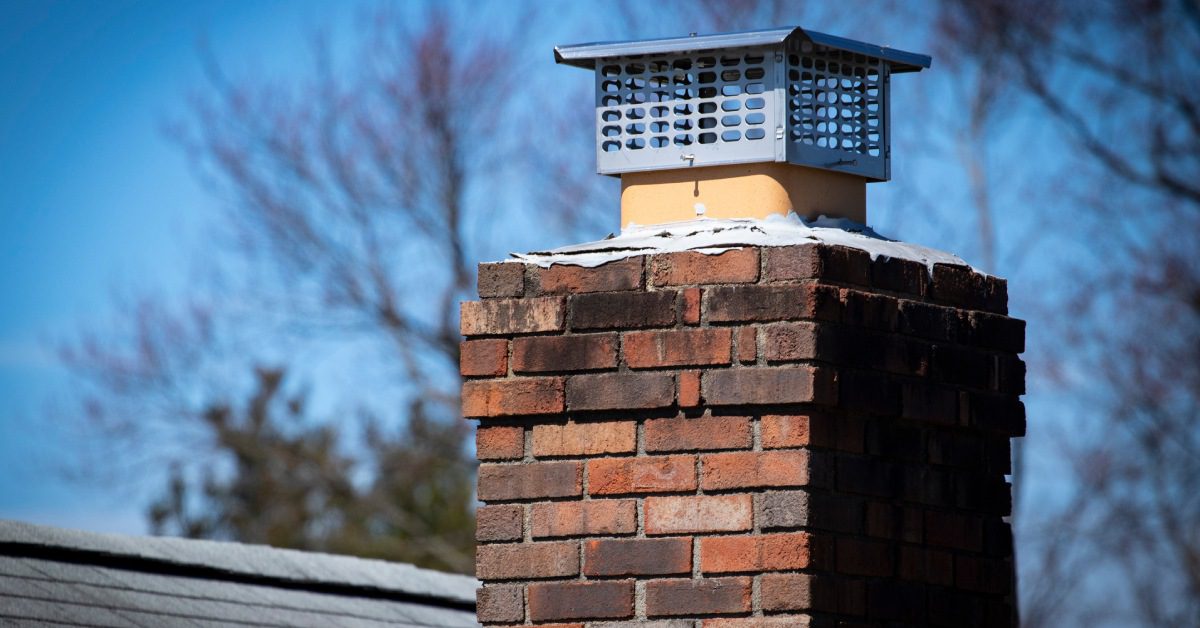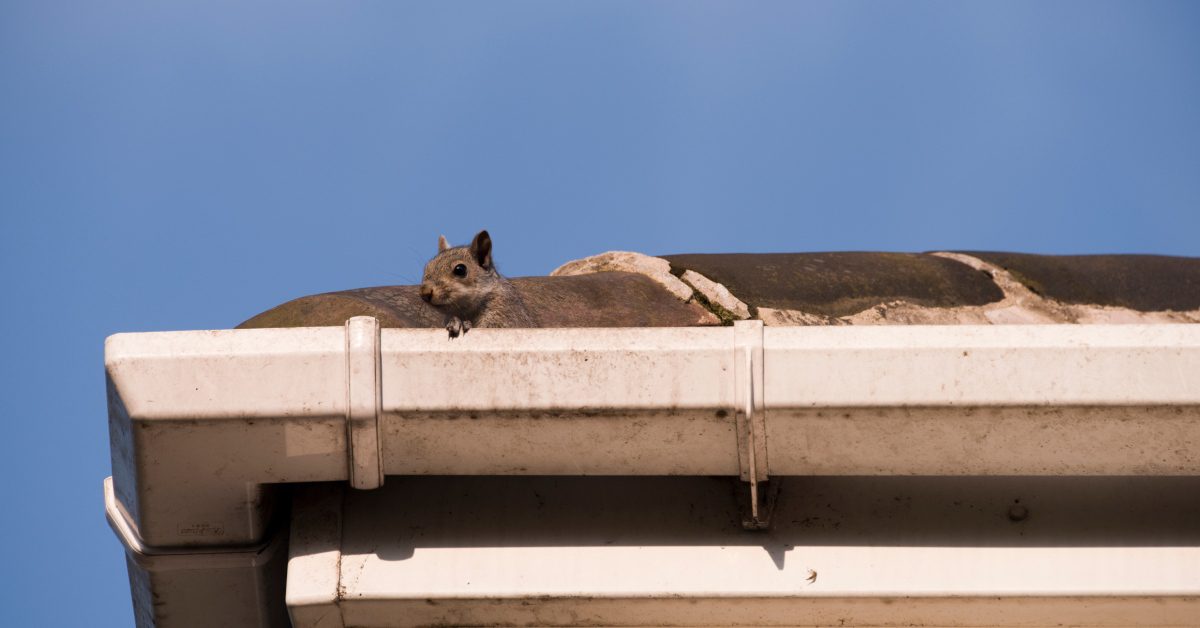
The Most Common Ways Rats Get Into Your Attic
Having unwanted pests in your attic can be more than just a nuisance; it can pose serious risks to your home and health. Rats are notorious for finding ways into attics, exploiting even the smallest gaps and weaknesses in your home’s defenses. Once inside, these pests can cause extensive damage by chewing through electrical wires, insulation, and wood structures. Additionally, they are carriers of diseases that can be transmitted to humans, making their presence a health hazard. Understanding the most common ways rats get into your attic is crucial for homeowners aiming to protect their living spaces from these destructive intruders.
Understanding Rat Behaviors
Rats are highly adaptable creatures with behaviors that allow them to thrive in various environments, including urban areas and within the confines of a home. They are nocturnal, which helps them to remain largely undetected by humans. Their exceptional climbing abilities enable them to scale walls, trees, and even cables to gain access to higher levels, such as attics.
Rats are also agile and capable of squeezing through openings as small as half an inch. They exhibit exploratory behaviors, constantly seeking food, water, and shelter, which drives them to investigate every nook and cranny of a potential nesting site. Moreover, rats possess a gnawing instinct, which means they will chew on materials to create pathways and expand entry points, exploiting structural weaknesses. Understanding these behaviors is key to implementing effective preventative measures to keep these pests at bay.

How Rats Get Into Your Attic
Rats are incredibly resourceful and can gain access through numerous avenues, often going unnoticed until it’s too late. By identifying these common pathways, homeowners can take proactive steps to block these entries and deter invasive pests.
Roof Cracks, Gaps, and Holes
Rats often take advantage of roof cracks, gaps, and holes to infiltrate attics. These openings can occur due to weathering, age, and natural wear and tear of roofing materials. Flashings around chimneys and vents are common weak points where rats can enter if not sealed properly. Similarly, damaged or missing shingles can provide an open invitation for these pests. Regular inspection and maintenance of the roof are essential to identify and repair these vulnerabilities before they become entry points for rats.
Vents and HVAC Systems
Vents and HVAC systems present another opportunity for rats to enter attics. Vent openings that are not adequately sealed or covered with a protective mesh can serve as convenient entryways. Similarly, heating, ventilation, and air conditioning (HVAC) systems often have ducts and openings that these persistent pests can exploit. Ensuring that all vents and HVAC components are securely closed is critical in preventing rat intrusion. Regularly checking for signs of tampering or chewing on these systems can help detect a potential rat problem early.
Chimneys
Chimneys can serve as unintentional entry points for rats, particularly if they are not properly capped. Rats can climb up the rough surfaces of brick or stone chimneys with ease. Once on the roof, they may slip inside if a suitable cap is not in place. Birds’ nests, twigs, or other debris inside chimneys can also provide rats with materials to help them nest and thrive. Installing chimney caps and regularly clearing out any blockages are the keys to keeping rats at bay.
Drainage Systems
Drainage systems, such as gutters and downspouts, can also act as pathways for rats seeking access to attics. These systems often have small openings or gaps where sections connect, which rats can exploit to climb up and reach the roof. Accumulations of leaves and debris in gutters can further facilitate this access by providing cover for rats during their ascent. Regularly cleaning and inspecting these drainage components can prevent blockages and potential entry points. Additionally, installing gutter guards and sealing any visible gaps can significantly reduce the likelihood of rats using drainage systems to enter your home.
Signs of a Rat Infestation
Detecting a rat infestation in its early stages can save homeowners from extensive damage and potential health risks. One of the first signs of rats is droppings around food sources, in the attic, or near entry points. Rat droppings are usually small, dark, and pellet-shaped, often found in clusters. Additionally, you may notice gnaw marks on wires, wood, and plastic materials as rats chew to maintain their ever-growing incisors. Hearing scratching or scurrying noises in walls or ceilings, particularly at night, is another indication of an infestation.
Rats also leave greasy smear marks along walls or edges where they frequently travel, as their fur is coated with natural oils that rub off on surfaces. Nesting materials, such as shredded paper, insulation, or fabric, found in hidden areas often indicate rat activity as they build their nests. A foul, musky odor may also be noticeable, caused by rat urine and droppings accumulating over time. Finally, spotting a live or dead rat is a clear sign that an infestation is present and likely requires immediate action to address. Recognizing these signs early can help implement effective control measures to eradicate the problem before it worsens.

Solutions for Rat Infestations
Homeowners can take several proactive measures to address rat infestations and protect their living spaces. First, sealing all potential entry points is crucial; this includes patching holes in the structure, installing metal mesh over vents, and ensuring chimneys are securely capped. Additionally, maintaining cleanliness around the home by storing food in airtight containers, promptly disposing of garbage, and eliminating clutter can significantly reduce attractants that lure rats inside. Traps and bait stations can also be strategically placed in high-activity areas to catch and eliminate rats without using hazardous chemicals. Regular inspections and maintenance of the home should be scheduled to identify any new vulnerabilities and address them quickly.
While do-it-yourself methods can be effective, the importance of professional intervention should not be underestimated. Pest control experts, such as Legacy Rodent Control, have the knowledge, experience, and tools necessary to tackle rat infestations comprehensively and prevent recurrence. We conduct thorough assessments to identify entry points and nesting sites that you might overlook. We also offer advanced solutions, such as exclusion tactics, rodenticides, and integrated pest management strategies, which are tailored to the specific needs of each home. Moreover, our professionals can provide ongoing monitoring and maintenance plans, offering peace of mind.
Knowing the most common ways rats get into your attic is just half the battle; having a reliable rodent control partner is vital for defeating pest infestations. At Legacy Rodent Control, we understand the stress and potential damage that a rat infestation can cause. That’s why we offer comprehensive rodent control services designed to restore your home’s safety and comfort. Our team of experts is dedicated to providing effective solutions using the latest methods and technology. We invite you to explore our rat and squirrel control in Dallas and discover how our tailored approach can help safeguard your home against these unwanted intruders.
